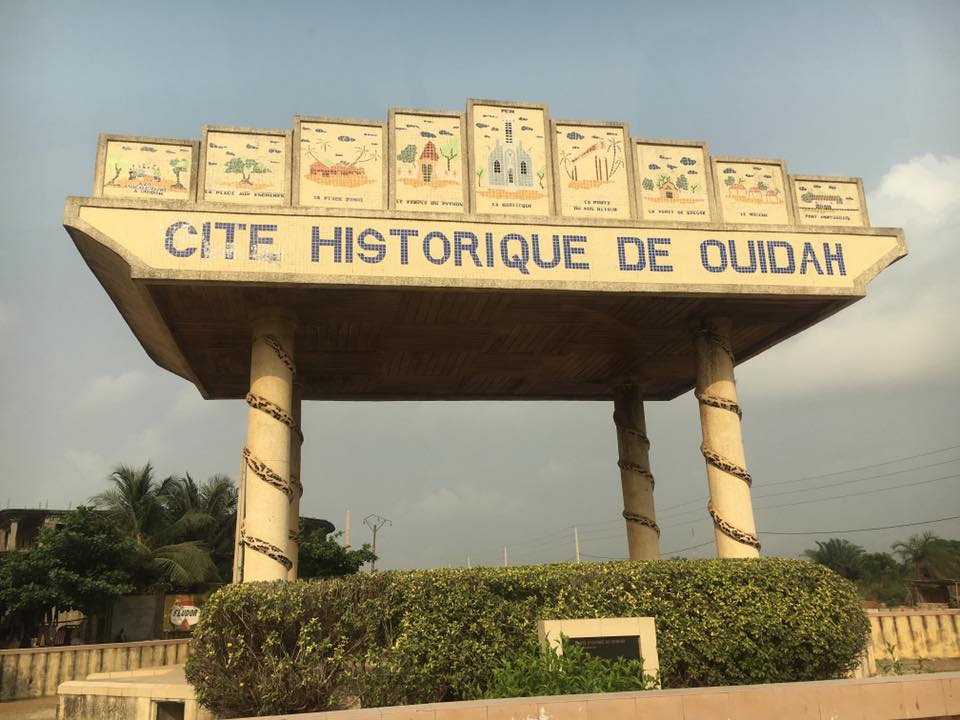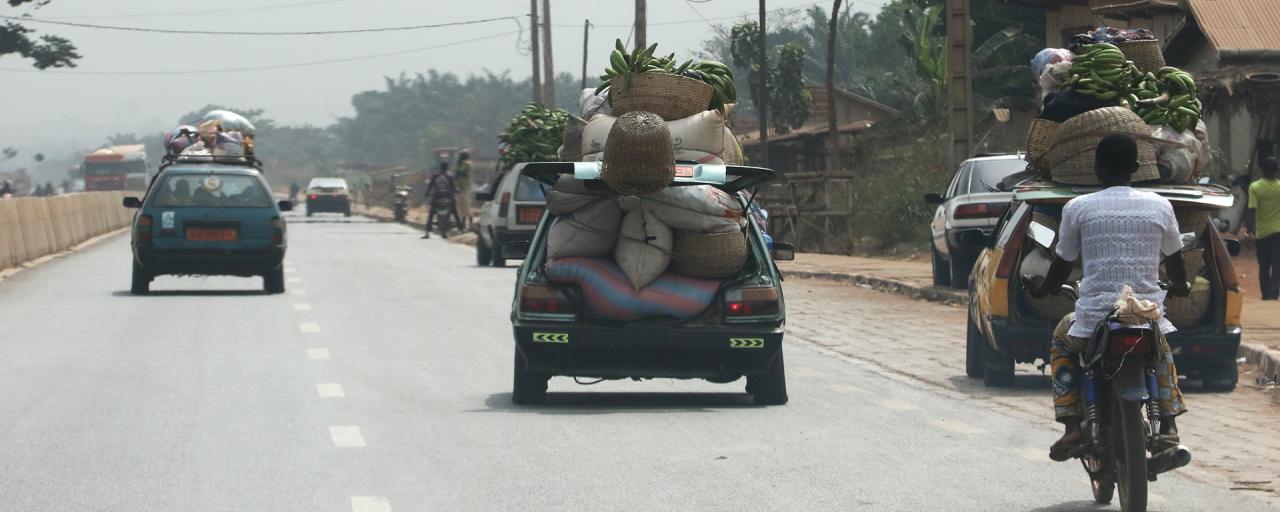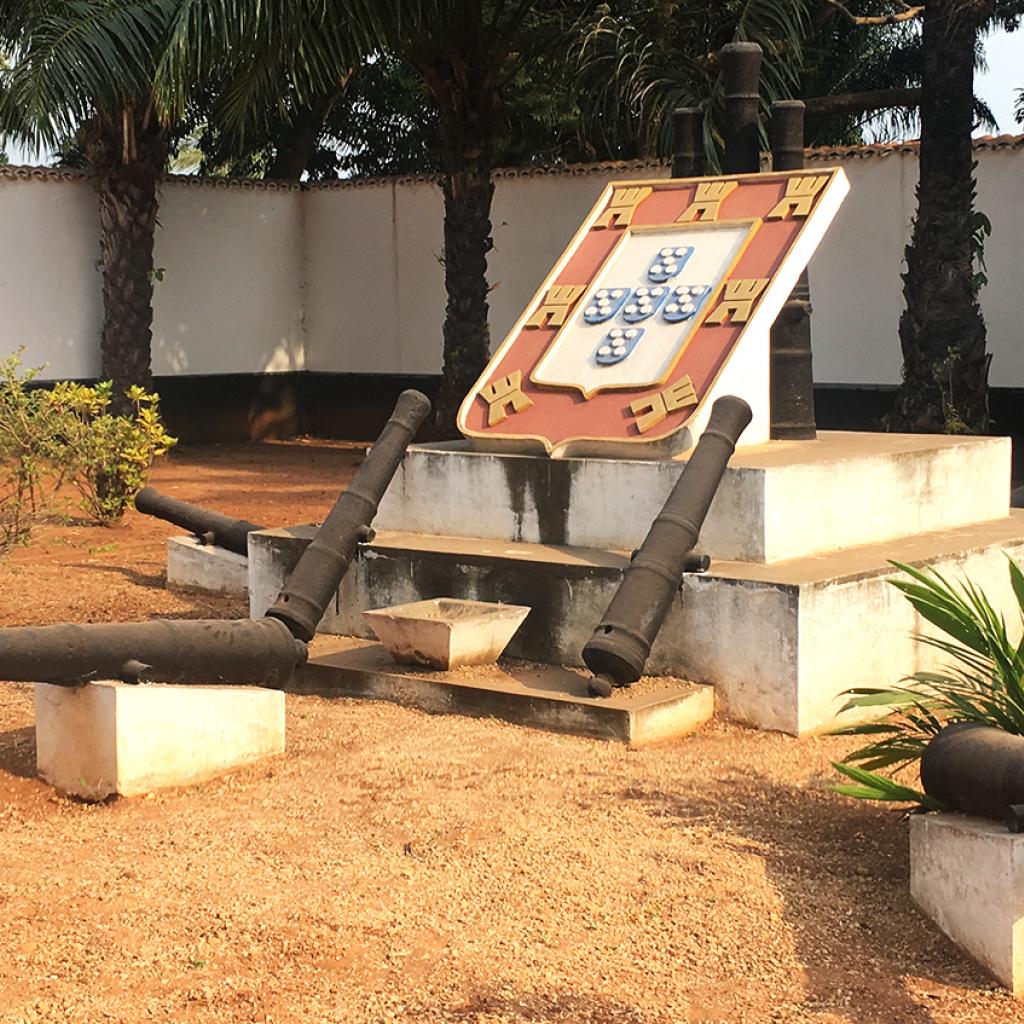Formed in autonomous Republic on December 4, 1958, under the name Republic of Dahomey, the country created its own Constitution on February 15, 1959 and on May 30 of the same year it joined the Counsil of Accord along with Ivory Coast, Niger and Upper Volta (now Burkina Faso).
Finally on August 1, 1960, Dahomey attained full independence and adopted a new Constitution, signed on November 26, 1960; the life of the new state, however, was troubled by recurrent political crises: in October 1963, the government of President Hubert Maga was overthrown by a military coup that brought to power General Nicéphore Soglo, deposed in December 1967 by airborne units guided by Majors Kouandété and Kérékou.
They prepared a return to a civilian government by establishing, on May 7, 1970, a Presidential Council formed by the triumvirate Maga, Apithy, Ahomadégbé, but, in 1972, a military coup allowed Mathieu Kérékou to become head of state.
In 1975, Kérékou proclaimed the adoption of the Marxist-Leninist way and gave the Republic of Dahomey the present name of People's Republic of Benin.
In 1979 the National Assembly was elected on the basis of a single list of candidates who, in 1980, chose as President of the Republic Kérékou himself.
The long period of regime established by Kérékou, with the participation of the Popular Revolution Party (PRPB) entered a crisis in the late eighties, although even in 1989 the president was reappointed by the Revolutionary National Assembly.
Clear indicator of the intolerance towards the spread of corruption had already been a coup attempted in 1988 by a group of officers and the situation worsened in late 1989 when, after a large dispute, that led to the paralysis of administration, schools and universities, the PRPB was forced to give up communist ideology and to start a process of liberalization.
In early 1990, a Conference of the living forces of the nation, while maintaining Kérékou in his role, appointed Soglo as Prime Minister, already in power from 1963 to 1967, repealed the old constitution, dissolved the Revolutionary National Assembly and appointed a High Council of the Republic.
This, assumed the interim legislative assembly functions, launched a new democratic constitution, that was approved by referendum in December 1990.
The general election, held in March 1991, confirmed the change and Soglo, winner, replaced the old dictator in the role of head of state.
Decisions, especially economic ones, of President Soglo, however, were hotly contested and accusations, of nepotism, were not unfounded, so that the elections of 1996 saw him defeated against Kérékou who was re-elected president of the Republic.
The economic decisions contested to his predecessor, however, were now inevitable and even Kérékou was forced to unpopular decisions in this field.
In February 1998, the malaise of the population resulted in a strong protest against the government, that was forced to redefine the public spending program.
Kérékou and Soglo candidate for the election in 2001: Soglo, however, accusing the other party of electoral fraud, retired handing victory to the incumbent president.
In March 2006, Kérékou ended his second and final term as president of Benin and with it his career as leader of the country lasting approximately 33 years; in his place was elected as president Thomas Boni Yayi, who was re-elected in 2011.
At the last vote, in March 2016, was elected as president Patrice Talon, a businessman who works in the cotton market; supporter and funder of the two election campaigns of Thomas Boni Yayi, presenting himself to the voting with an independent list.
Patrice Talon was born in Ouidah and belongs to the Fon population.





